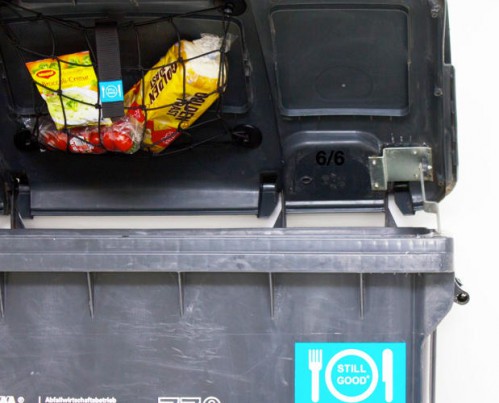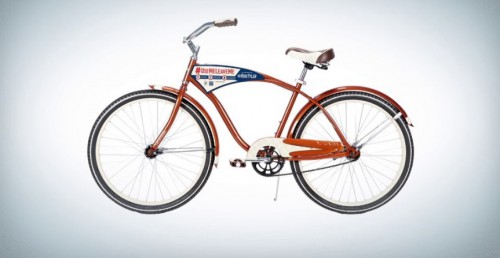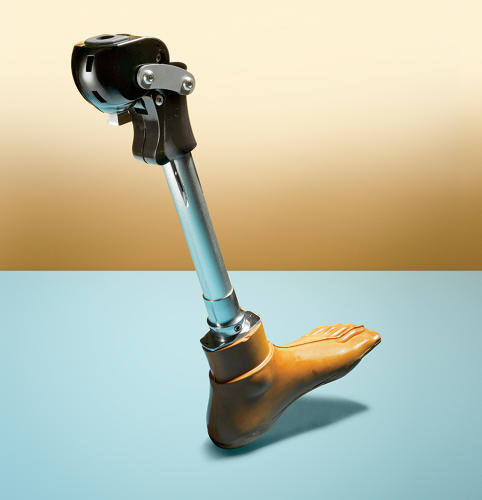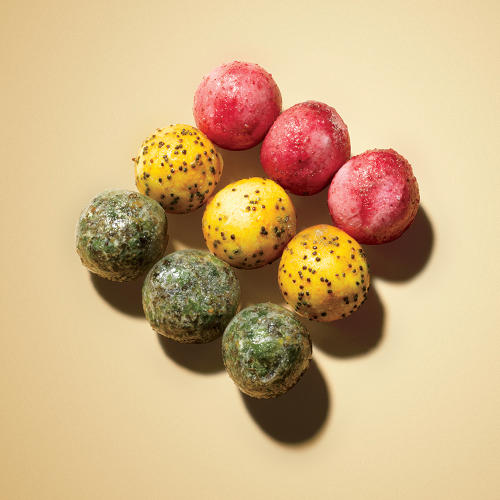Fast Company‘s Innovation by Design competition drew more than 1,200 entries from big firms and tiny studios. The 54 finalists take on audacious challenges–illuminating four key priorities for the next wave of innovation.
goal #1: challenge us
We are creatures of habit, which can lead us down ruinous paths–not eating right, not exercising, not stopping to enjoy those around us. Thoughtful design doesn’t just enable our habits; it pushes us to improve behavior, making us more economical, reflective, and responsible.
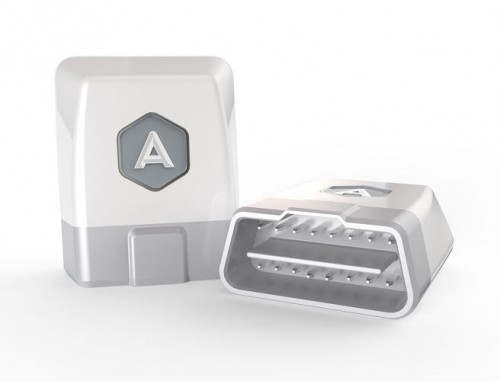
The challenge: Drive smarter
This intelligent hardware-and-app combo acts as a driving assistant, monitoring individual habits at the wheel and offering audio hints on how to cruise with greater fuel efficiency.
Food Thinking, by Gravity
The challenge: Carefully consider our food
What drives the Western world’s obsession with food? This research project, and an event that followed, advocated for unorthodox eating like Dumpster diving. The goal: Make people think twice about what they eat, how often, and why.
#UseMeLeaveMe, by Razorfish
The challenge: Make bike sharing easier
At this year’s South by Southwest festival, digital agency Razorfish launched a free bike-sharing system, in which the GPS-equipped bikes could tweet their availability and location. It was a marketing stunt, but perhaps also the seed of an efficient sharing system. Watch the video here.
Decelerator Helmet, by Lorenz Potthast
The challenge: Take a breather
Don the helmet, and you’ll see the world in slow motion (via a screen mounted inside). Design student Lorenz Potthast says it’s intended to provide a philosophic experience: Our fast-paced lives need some deceleration.
goal #2: destigmatize affliction
Many well-meaning inventions fail–not because they aren’t helpful, but because they aren’t appealing. To improve day-to-day hardships, designers must do what cold, clinical solutions do not: treat those in need
as regular consumers, whose emotions drive decisions.
ReMotion Knee, by D-Rev
Made accessible: Pleasing prosthetics
In designing this knee (pictured with a JaipurKnee limb), D-Rev designers asked impoverished Indian patients about their needs. They expected to hear about utility, but instead, patients wanted stealth. Their hope was for a less-angular prosthetic that wouldn’t protrude under pants or click when they walked.
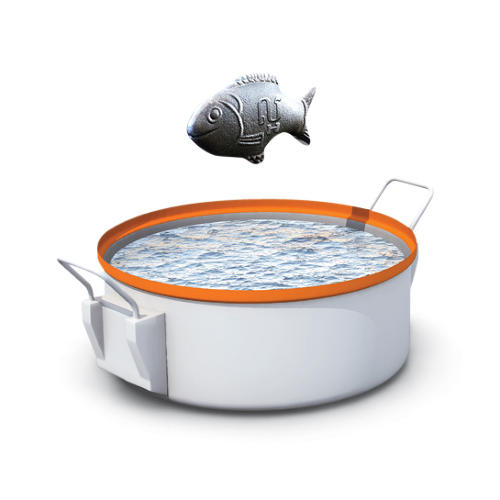
Made accessible: An iron-rich diet
Much of Cambodia suffers from anemia. Cooking with iron helps, but local women aren’t keen to add blocks of metal to their food. Iron shaped like a fish–a good-luck symbol–upped adoption rates.
Firefly Newborn Phototherapy, by Design That Matters
Made accessible: A cure for infant jaundice
Ten percent of infants worldwide require treatment for newborn jaundice, a condition of the skin and eyes. The cure is simple–shine blue light on the baby’s skin–but lamps are rare in South Asia and Africa. Firefly’s light is tailored for overcrowded clinics low on resources.

Made accessible: New York’s arcane laws
Street vendor regulations, the juvenile justice system, and voting districts–these systems preserve citizens’ rights, but only if understood properly. This effort translates ordinances into friendly graphics and comics.
goal #3: rethink the supply chain
Manufacturing and shipping costs once decided which great ideas became actual products. But in today’s world of 3-D printing and creative packaging, a designer can dream up a product–plus a new way to get it into people’s hands.
WikiCell, by Le Laboratoire
New supply: Edible packaging
Wikicell’s technology wraps your food up in a film you can eat–enabling new types of edible creations, or at least replacing Ziploc baggies. The goal, says inventor David Edwards, is to “get out of the plastic era.” Less waste and more to eat: It sounds like a start.
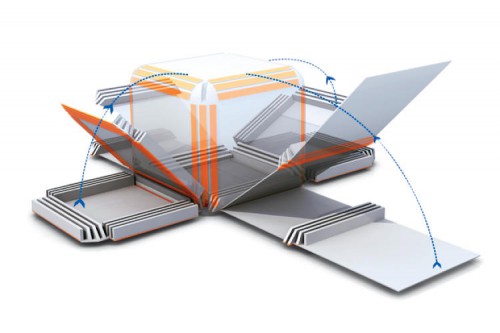
New supply: Self-assembling products
Imagine opening a box and your new purchase snaps its parts into place by itself–self-assembling like a Transformers bot. This is what a team of MIT scientists have developed, and a wide application could have monumental impact: Consumer products or even medical supplies could be more compact and cost-efficient to ship.
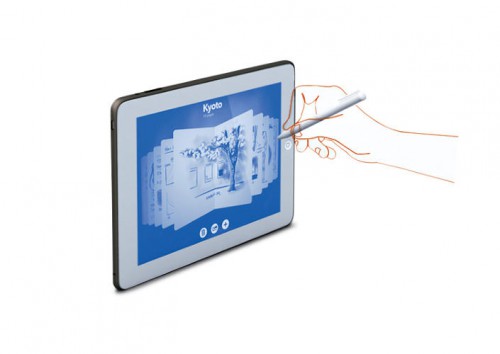
New supply: Digitized art studios
This app transforms an iPad into a series of notebooks, and streamlines the creation process from idea to sketch to product. It’s a big improvement over other sketch-book apps, which don’t mimic the act of drawing as elegantly. The digital one-person studio can now be mobile.
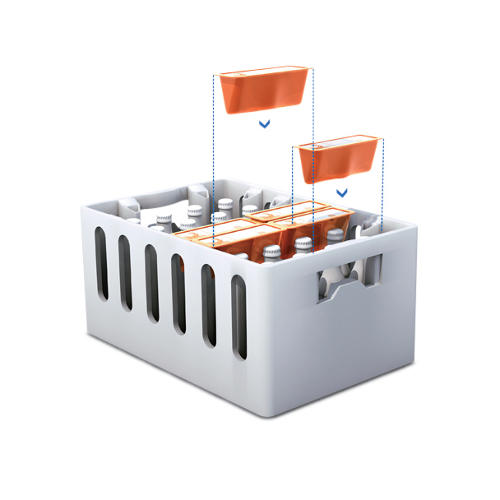
New supply: Tapping corporate supply chains
Coca-Cola’s global distribution network reaches remote communities, where medicine or aid often does not. AidPod piggybacks (with permission) on the company’s supply chain, with anti-diarrhea treatment packets that are designed to tuck into the spaces between packaged soda bottles.
goal #4: adapt to users
A smart product is built with the human form in mind: Rather than us having to integrate it into our lives, the product instinctively conforms to us. Ergonomic office chairs and the Wii game system are notable successes, but today’s designs showcase even deeper insights into what people need.
No Place Like Home, by Dominic Wilcox
What it knows: We need directions
A phone’s GPS can guide us through a city, but that still involves looking at a screen rather than the street. These GPS-embedded leather oxfords cut out the middleman: Look down and see the shoes’ red lights blinking to direct you turn by turn.

What it knows: Light is a luxury
Little Sun lamps are tailored to the needs of rural, off-the-grid communities, primarily in Africa. The heat-resistant and dust-proof discs absorb five hours of sunlight, then glow all evening long–and can go up to three years without a battery change.

What it knows: Public restrooms are ill-conceived
When you wash your hands at home, the towel is likely next to the sink. But in public restrooms, you have to take a trip from the faucet to the dryer–dripping water along the way. The Tap is a sink and dryer in one, delivering a more natural and efficient lavatory experience.
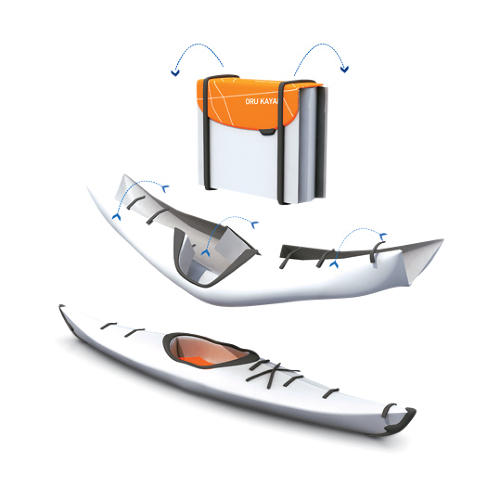
What it knows: Space comes at a premium
As urban centers swell and apartments shrink in square footage, we have to select our possessions more carefully. The origami-inspired Oru can morph like a Murphy bed: It goes from a portfolio-size briefcase into a full-fledged kayak, and weighs a portable 25 pounds.
You can attend Fast Co.’s Innovation By Design conference on October 2 in New York City. Go here for a full roster of speakers and events.
[via Fast Co. | Design]
